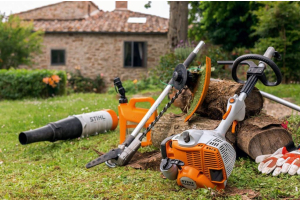5 Cost-Effective Tips for Insulating Your Home
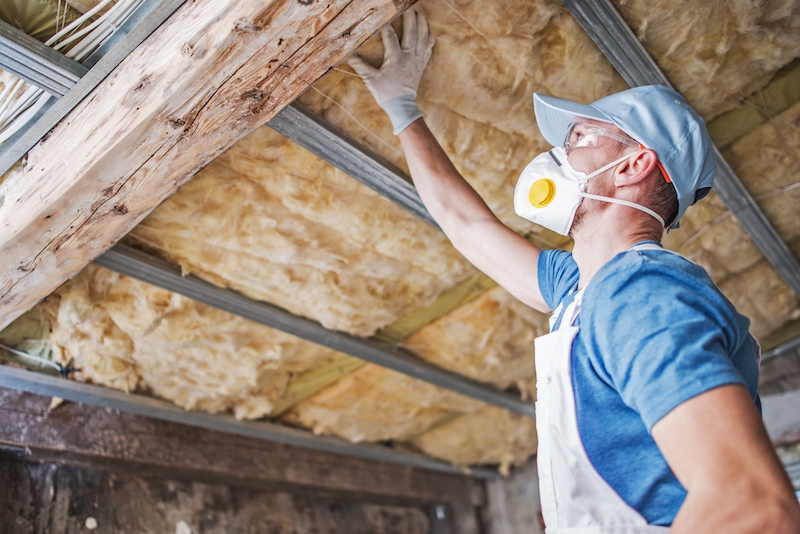
Maintaining a warm and energy-efficient home is crucial, especially during the colder months. Implementing effective insulation strategies not only keeps your space warm but also helps reduce utility costs to help save you money. Here are FIVE valuable and budget-friendly tips to help you insulate your space effectively.
1: Loft Insulation: Protecting the Warmth Within
Did you know that a significant portion of heat loss occurs through the roof? Roof insulation acts as a vital barrier from the outdoors, preventing warmth from escaping.
What is loft insulation?
Loft insulation is a vital home improvement that helps regulate temperature and reduces heating bills. Placed between the roof and the ceiling, it prevents heat from escaping and maintains a comfortable indoor environment. By creating a thermal barrier, it aids in conserving energy and reducing carbon footprint, making it an essential aspect of any energy-efficient home.
How to install loft insulation rolls
You can install roof insulation by carefully measuring the space between the joists and then cutting the insulation to fit perfectly. Smoothly roll out the materials, such as Knauf insulation, to ensure there are no gaps, securing a snug fit that effectively traps the warmth inside your home.
Generally, roof insulation rolls do not require adhesive to stick them down. They are designed to fit between the joists or rafters without the need for additional fixings. However, in certain cases, especially in areas with high wind exposure, you can use tapes or staples to secure the insulation in place. Always follow the manufacturer's instructions and guidelines for the specific product being used to ensure proper installation.
At GPH, we also stock Micafil, a natural mineral that reduces heat loss in gaps in both loft insulation and flooring insulation. Poured straight from the bag, it simply flows into and over potential heat loss areas.
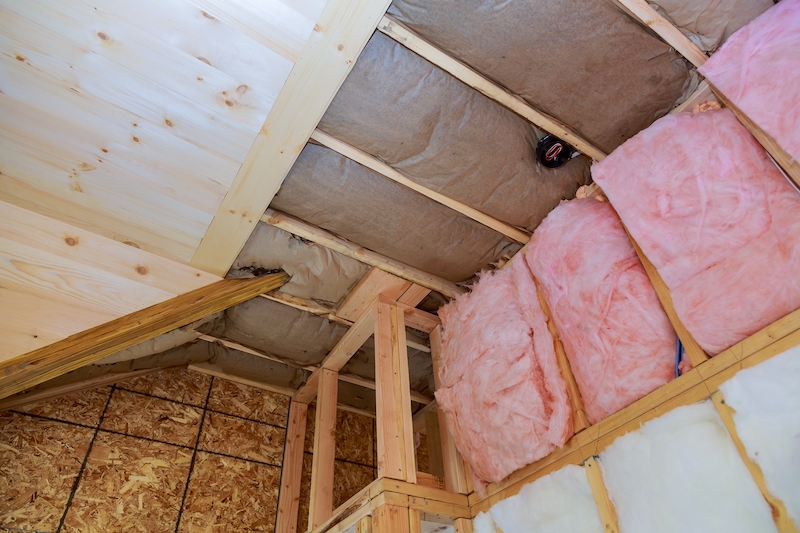
2: Flooring Insulation: Keeping Your Toes Warm
Don't let the cold seep in through your floors. Floor insulation is key to reducing heat loss and maintaining a comfortable indoor temperature.
What is floor insulation?
Floor insulation involves installing materials beneath the floor to minimise heat loss and maintain a steady indoor atmosphere. By preventing cold air from seeping through the floorboards, it ensures warmth and comfort, ultimately reducing energy consumption and creating a more sustainable living space.
How does floor insulation reduce heat loss?
By placing insulation boards, such as PIR or Floormate, which we stock at GPH, beneath the floorboards, you can create a protective layer that keeps the warmth within your room. This simple yet effective method ensures your toes stay toasty even during the chilliest of days.
How to install floor insulation
Here’s an easy step-by-step guide to installing floor insulation:
- Preparation: Ensure the floor is clean and dry before beginning the installation process.
- Measurement: Measure the area accurately to determine the amount of insulation material required.
- Cutting: Cut the insulation boards to fit the dimensions of the floor space, allowing for a snug and precise fit.
- Placement: Lay the insulation boards beneath the floorboards, ensuring complete coverage and a uniform layer.
- Securing: If necessary, use appropriate fixings or adhesives recommended by the manufacturer to secure the insulation in place.
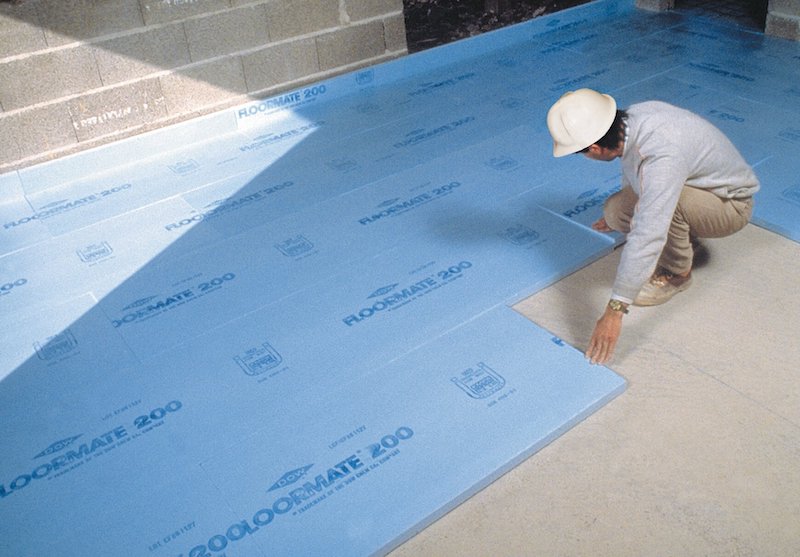
3: Draught Proofing Doors: Keep the Chills Away
Pesky draughts sneaking through your doors, mainly the front door, can significantly lower the temperature inside your home.
How to draught-proof front doors
Combat this issue by using door stoppers and letterbox draught excluders to prevent cold drafts from entering through gaps around your doors. Invest in quality draught excluders and maintain a tight seal to keep the warmth in and the chills out.
4: Draught Proofing Windows: Shielding from the Cold
Windows are another common source of heat loss in many homes. Draught proofing is a quick and cheap way to keep cold draughts and wind out.
How to draught-proof windows
By using long-lasting foam draught excluders along the edges, you can effectively seal any gaps and keep cold air at bay. Properly sealing your windows can make a noticeable difference in maintaining a consistently warm indoor environment, even during the coldest of days.
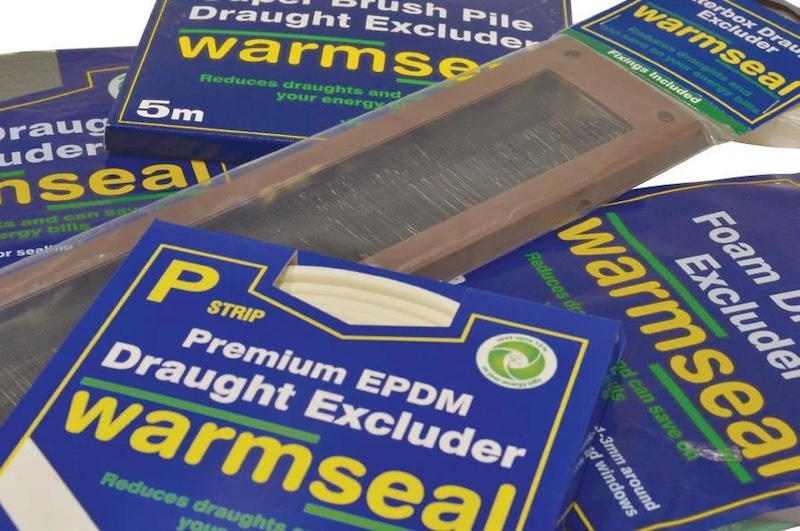
5: Check Floorboards and Skirting Boards: Preventing Heat Loss
How to draught-proof skirting boards
To ensure comprehensive insulation, it's essential to pay attention to details. Regularly check for gaps or cracks in your floorboards and skirting boards. Utilise reliable products like Everflex 125 One Hour Caulk C4 White to seal any openings effectively. By maintaining a tight seal, you can prevent heat from escaping or any accidents from damaged flooring.
Implementing these cost-effective insulation tips will not only keep your home warm during the colder seasons but also contribute to a more sustainable and energy-efficient lifestyle. By investing in quality insulation materials and adopting simple maintenance practices, you can create a more comfortable and welcoming environment for you and your home.






